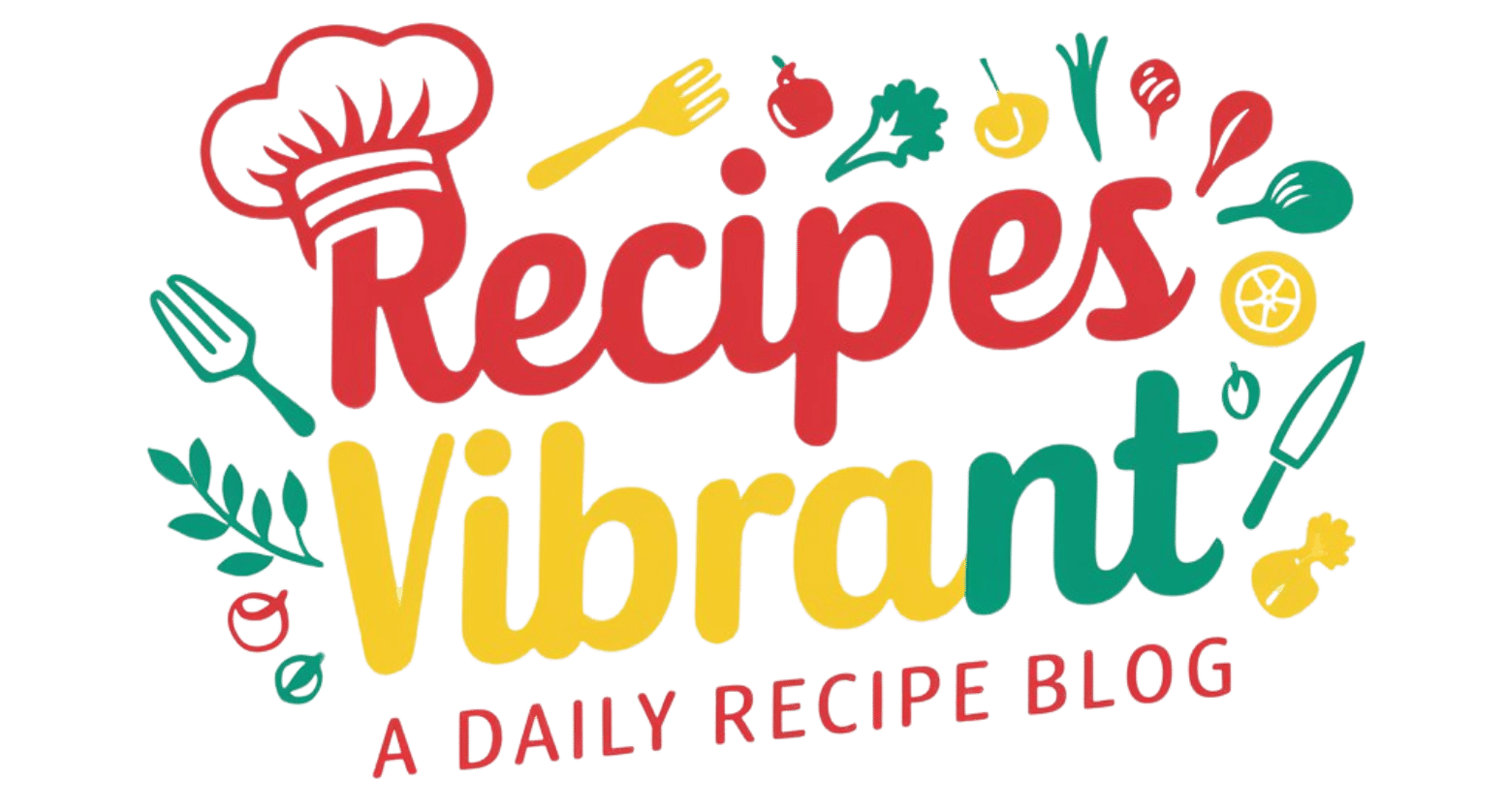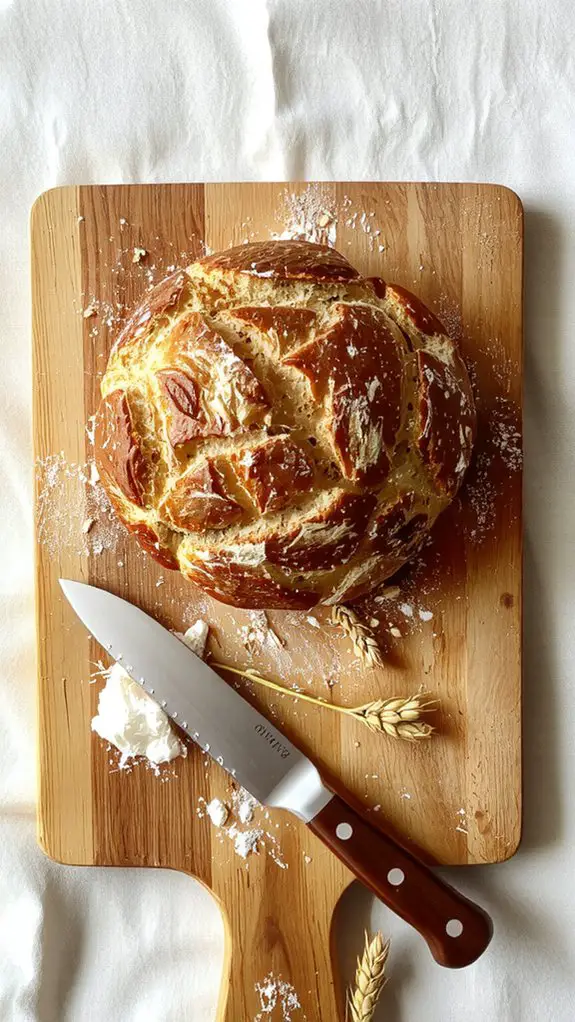I’ve spent years perfecting my sourdough bread recipe, and I can tell you—it’s all about the details. The right starter, the precise fermentation, and the baking technique make all the difference. But what truly sets this loaf apart is something I discovered that most recipes overlook. If you’re ready to elevate your bread game, this might just be the breakthrough you’ve been waiting for.
Recipe
Imagine biting into a loaf of bread so perfectly crusty on the outside and soft, tangy, and chewy on the inside that it instantly transports you to a cozy bakery in Paris. This sourdough bread recipe is *that* loaf.
It’s made with just flour, water, salt, and a vibrant sourdough starter, but the magic lies in the process—slow fermentation, a little patience, and a lot of love. I’ve baked this loaf countless times, tweaking and perfecting it until it became my go-to recipe, and now it’s yours to master.
Picture the crackle of the crust as it cools, the aroma of warm bread filling your kitchen, and the satisfaction of knowing you made it from scratch. Whether you’re a sourdough novice or a seasoned baker, this recipe is foolproof and rewarding.
Trust me, once you taste homemade sourdough, there’s no going back. Let’s get baking!
Ingredients
When it comes to sourdough bread, the magic lies in the simplicity of the ingredients. Each component plays a vital role in creating that signature tangy flavor and chewy texture. Here’s what you’ll need to get started on your artisanal loaf:
- Active Sourdough Starter – This is the heart of your bread. A healthy, bubbly starter guarantees a good rise and that unmistakable sourdough taste. If your starter isn’t active, your bread won’t rise properly.
- Bread Flour – Opt for high-protein bread flour (12-14% protein) for the best structure and chewy crumb. All-purpose flour can work in a pinch, but your loaf may be less robust.
- Water – Use filtered or bottled water if your tap water is heavily chlorinated, as it can inhibit fermentation.
- Salt – Fine sea salt is essential for flavor and helps control fermentation. Without it, your bread will taste flat and overproof faster.
- Optional: Whole Wheat Flour – Adding a small amount (10-20%) can deepen the flavor and add a bit of complexity.
Pro Tip: Weigh your ingredients with a kitchen scale for precision. Baking is a science, and even small variations in measurements can affect the outcome.
Substitutions: If you don’t have bread flour, you can use all-purpose flour, but expect a slightly denser crumb.
For a gluten-free version, experiment with a blend of gluten-free flours, though the texture will differ.
Non-Negotiables: Your sourdough starter and salt are indispensable—don’t skip or skimp on these.
Little Wins: Add a tablespoon of honey or malt syrup to enhance fermentation and subtly sweeten the loaf.
A dusting of rice flour on the baking vessel prevents sticking and gives the crust a professional finish.
How to Make the Best Classic Sourdough Loaf Recipe

Final proof. Cover the shaped dough and let it proof for 1-2 hours at room temperature or overnight in the refrigerator. Refrigerating slows fermentation, deepening the flavor.
Visual cue: The dough should feel slightly puffy but not overly inflated. Watch out: If proofing at room temperature, avoid letting the dough overproof—it should spring back slowly when pressed.
Score and bake. Preheat your oven with a Dutch oven inside to 450°F (230°C). Carefully transfer the dough to the hot Dutch oven, score the top with a sharp knife or lame, and bake covered for 20 minutes.
Remove the lid and bake for another 20-25 minutes until golden brown. Why? Scoring allows the dough to expand evenly, and the Dutch oven traps steam for a crisp crust. Pro tip: For extra shine, brush the loaf with water before baking.
Cool completely. Let the bread cool on a wire rack for at least an hour before slicing. Patience pays off—cutting too soon can result in a gummy texture.
Visual cue: The loaf should sound hollow when tapped on the bottom. Watch out: Resist the urge to cut into it right away—trust the process!
Nutrition
Sourdough bread is a nutritious option with a good balance of macronutrients and essential vitamins. Below is the nutritional breakdown per serving:
| Nutrient | Amount per Slice |
|---|---|
| Calories | 120 |
| Protein | 4g |
| Carbohydrates | 23g |
| Fiber | 1g |
| Sugars | 1g |
| Fat | 1g |
| Saturated Fat | 0g |
| Cholesterol | 0mg |
| Sodium | 230mg |
| Potassium | 30mg |
| Calcium | 10mg |
| Iron | 0.8mg |
Chef Tips
To achieve the best results with sourdough bread, I always recommend starting with a healthy, active starter. Use high-quality flour and filtered water for both the starter and dough.
Maintain consistent proofing temperatures, usually around 75°F. Avoid over-kneading; gentle folding builds structure without compromising air pockets.
Score the dough deeply before baking to control expansion. Bake on a preheated surface for a crisp crust.






